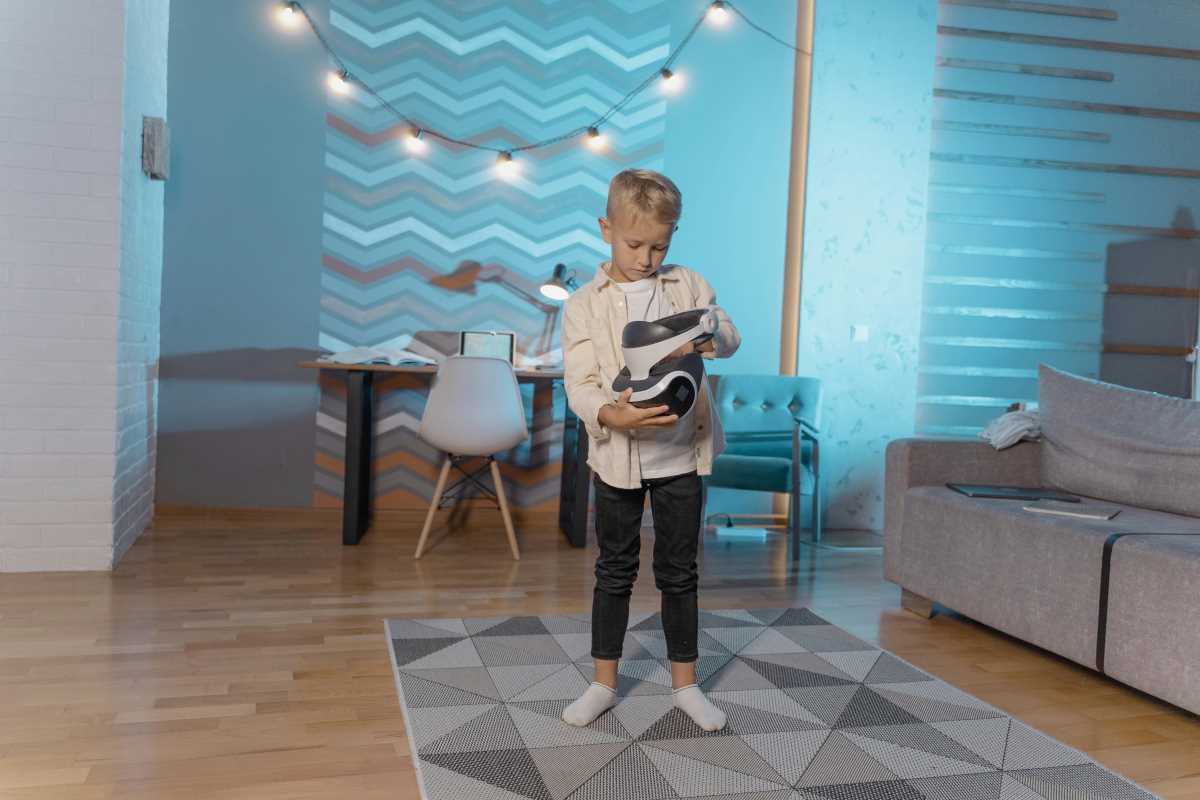Many small rooms hold the potential for inspiring creativity when you make the most of every corner. By arranging furniture and decor to support both play and study, you can fill each day with fresh bursts of energy. Simple adjustments—like adding movable storage or playful accents—let you transform a snug space into a vibrant area where activities flow easily from one to the next. With some thoughtful planning, even the tiniest areas can become inviting spots that support learning, imagination, and relaxation for everyone who spends time there.
Getting creative in tight quarters means rethinking what you usually expect from your home layout. Every square inch offers the potential to work double duty, whether it’s for homework time, hands-on play, or moments of creative calm.
Evaluating Your Space and Needs
Start a room makeover by taking a good look at what you have. Measure your available space, note the natural light, and think about which corners rarely get used. Identifying spots that could serve dual purposes is the first step toward creating a welcoming and adaptable area. Write down what activities you plan to host so every square inch earns its keep.
Walk around your room and ask yourself, “What’s missing here?” Perhaps you need a quiet corner for focused work or a playful nook that can transform when a project demands attention. By understanding your space and its potential, you can design an area that feels both flexible and functional.
Design Principles for Flexibility
Changing the look and function of a room starts with a flexible design mindset. Think about layouts that change with the times—a desk that turns into an art station or a soft seating area that doubles as a play zone. Combining different elements can really turn a compact space into a lively environment.
Remember that color, light, and layout all play important roles. Arrangements that allow for easy modification make the idea of flexible play and study areas a reality. Playing with textures, movable dividers, and modular décor pieces keeps the vibe exciting and ever-changing.
Creative Storage Solutions
Storage can make a huge difference when space is limited. Think of your storage as not just a place to tuck things away but as an integral part of the overall design. Clever storage ideas help maintain order, keeping the room adaptable and clutter-free.
Consider these handy ideas to improve your storage setup:
- Overhead cabinets or wall shelves that free up floor space.
- Under-bed drawers or storage ottomans that blend seamlessly into the room.
- Customized cubbies and bins that keep toys, books, and supplies organized and accessible.
- Foldable storage baskets that can be quickly stashed away once play or study time ends.
If you keep a tidy look with creative storage solutions, the whole room feels larger and more inviting, ready to shift from lively playing to serious studying in a heartbeat.
Using Multifunctional Furniture
Picking the right furniture is essential to maximize a small room. Choose pieces that serve more than one purpose and can easily be moved or rearranged to fit different activities. Multifunctional pieces can help change the space quickly when switching from a play session to a homework setup.
Here’s a quick checklist to find pieces that work double duty:
- Choose desks or tables that can adjust in height or extend for projects.
- Select seating options that offer hidden storage for books and toys.
- Pick chairs that can be easily moved or folded away when more space is needed.
- Use modular sofas or bean bags that can transition from a lounging spot to a study seat.
Furniture that combines comfort and function breathes new life into small spaces and supports a daily routine that can change on a moment’s notice.
Supporting Independent Play and Study
Designate areas for self-driven activities by creating zones that invite spontaneity and keep essential tools within reach. The goal is to encourage self-reliant moments that help start projects or playtime without constant rearrangement. Set up quiet nooks or cozy corners where creative independence can flourish.
Dividing space helps keep activities clearly defined. In one corner, a vibrant setup with art supplies and snacks invites creative experiments, while another corner has a tidy desk near a window, perfect for scrolling through study areas that foster concentration and clarity. Setting clear boundaries in a flexible space allows activities to blend smoothly without overcrowding or chaos.
A flexible, well-designed space easily adapts to any need. With creativity, even small rooms become organized and inviting.
 (Image via
(Image via





